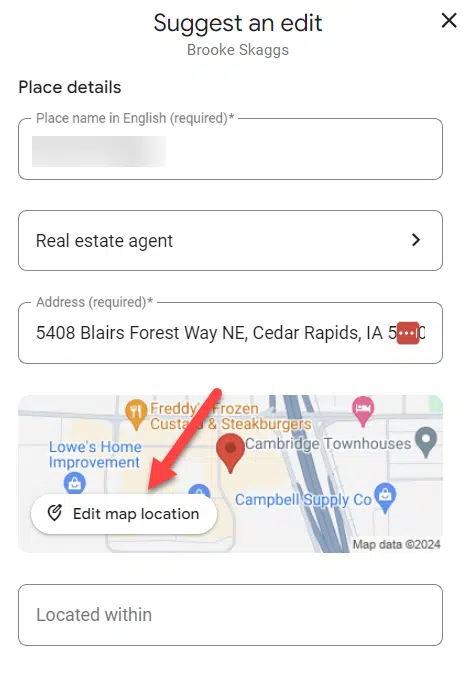Need an SEO link building blogger outreach service?
Contact: [email protected].
Table of Contents
Introduction
In today’s competitive digital landscape, having a well-optimized website is crucial for online success. Search Engine Optimization (SEO) plays a pivotal role in improving online visibility and driving organic traffic to your website. One aspect of SEO that often gets overlooked is optimizing web core vitals. This article will provide an in-depth understanding of web core vitals and how they impact SEO.
Definition of Web Core Vitals
Web core vitals refer to a set of specific metrics that Google considers crucial for measuring the overall user experience of a website. These metrics assess the loading speed, interactivity, and visual stability of a webpage. Google uses web core vitals as a ranking factor to ensure that websites with better user experiences get prioritized in search results.
Importance of Web Core Vitals for SEO
Web core vitals have gained significant importance in recent years, as Google aims to provide the best user experience to its users. If your website fails to meet the required standards set by web core vitals, it may result in lower rankings and decreased organic traffic. Therefore, optimizing your website’s core vitals is essential for maintaining and improving your SEO performance.
Key Metrics of Web Core Vitals
There are several key metrics that make up web core vitals. These metrics include:
- Largest Contentful Paint (LCP): LCP measures the loading speed of the largest element visible within the viewport. It should ideally occur within the first 2.5 seconds of the page starting to load.
- First Input Delay (FID): FID measures the time it takes for a webpage to become interactive and respond to a user’s first interaction. The delay should be less than 100 milliseconds to provide a smooth user experience.
- Cumulative Layout Shift (CLS): CLS measures the visual stability of a webpage by calculating the sum of all unexpected layout shifts that occur during the loading process. A value of less than 0.1 is considered good.
Optimizing Web Core Vitals for Improved SEO
To optimize your website’s web core vitals, here are some actionable tips:
- Optimize page loading speed: Reduce server response time, leverage browser caching, and compress images and scripts to improve the LCP metric.
- Minimize JavaScript execution: Optimize and eliminate unnecessary JavaScript to ensure faster FID by reducing code execution time.
- Eliminate layout shifts: Reserve space for dynamically loaded elements, use size attributes for images, and avoid inserting content above existing content, which can prevent CLS.
Several tools can help you measure and monitor your website’s web core vitals:
- Google PageSpeed Insights: This free tool by Google provides insights into your website’s performance and suggests areas of improvement.
- Google Search Console: It offers a Core Web Vitals report that enables you to identify issues affecting your website’s vitals and monitor improvements over time.
- Lighthouse: An open-source tool that evaluates web page quality and performance. It provides detailed reports and recommendations for optimization.
Frequently Asked Questions
Q: Are web core vitals the only ranking factor for SEO?
A: No, web core vitals are just one of the many factors that influence search engine rankings. However, they have gained significance as Google continues to prioritize user experience.
Need an SEO link building blogger outreach service?
Contact: [email protected].
Q: Can optimizing web core vitals lead to an immediate increase in rankings?
A: While optimizing web core vitals is crucial for better SEO performance, it does not guarantee an immediate increase in rankings. Optimizing vitals takes time, and other factors also contribute to search engine rankings.
Q: How frequently should I monitor my website’s core vitals?
A: It is recommended to monitor your website’s core vitals regularly, at least once a month, to identify any issues and measure ongoing improvements.
Q: What if my website has poor core vitals performance?
A: If your website has poor core vitals performance, it’s essential to identify the factors causing the issues and take necessary steps to rectify them. Consult with a professional SEO expert if needed.
Q: Can web core vitals vary across different devices and networks?
A: Yes, web core vitals can vary depending on the user’s device, network conditions, and geographical location. It’s important to consider these factors when optimizing your website for better user experiences.
Key Takeaway
Web core vitals are critical for effective SEO, as they impact the overall user experience and search engine rankings of your website. By understanding and optimizing these key metrics, you can enhance your website’s performance, increase organic traffic, and provide a better user experience.
Remember to regularly monitor your website’s core vitals using tools like Google PageSpeed Insights, Google Search Console, and Lighthouse. By keeping an eye on your vitals and making necessary improvements, you can stay ahead in the competitive online landscape.
Need an SEO link building blogger outreach service?
Contact: [email protected].




